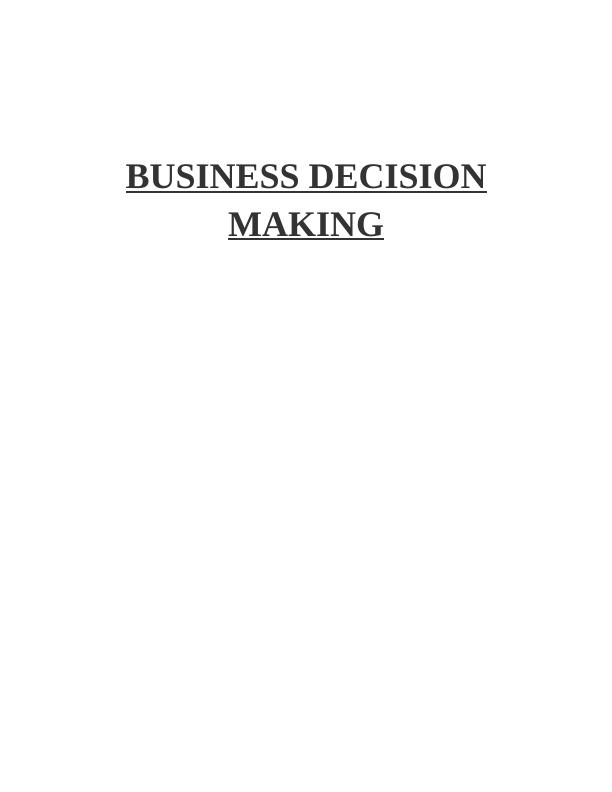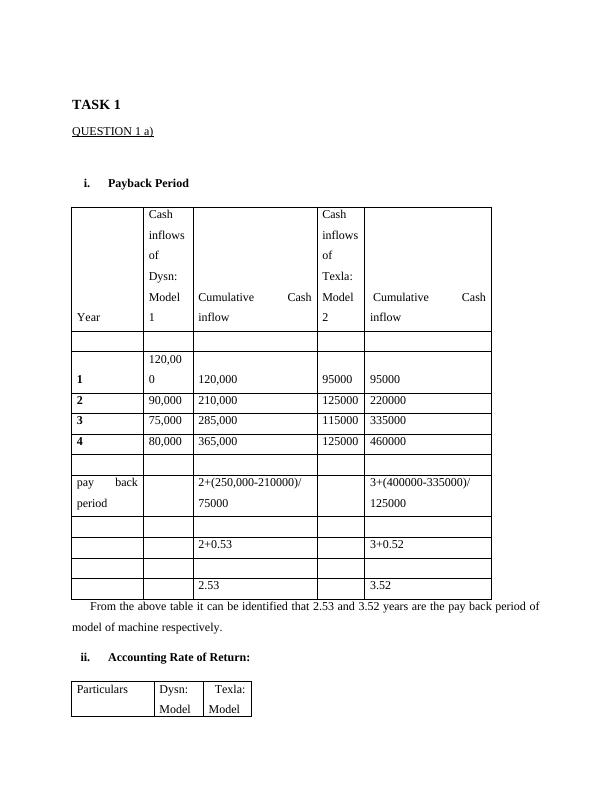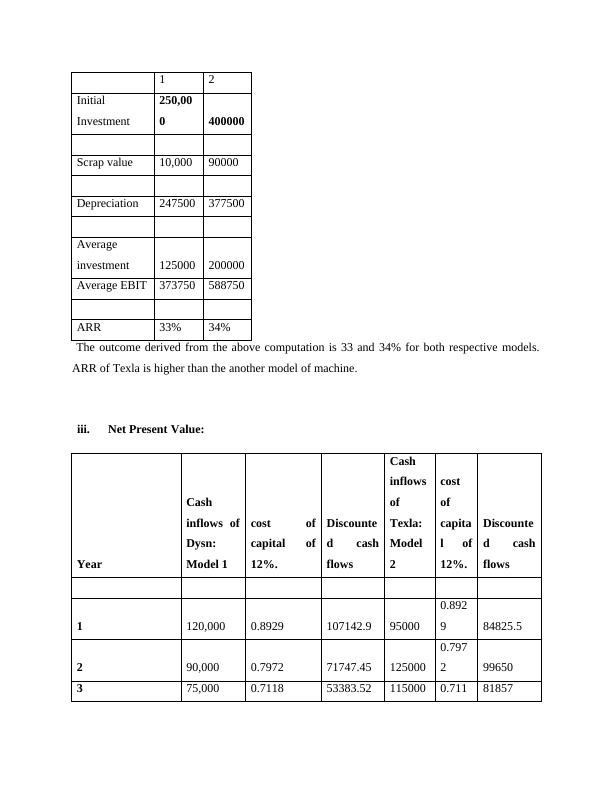Business Decision Making: Capital Budgeting Techniques and Financial Performance Analysis
Added on 2022-11-28
12 Pages1983 Words498 Views
End of preview
Want to access all the pages? Upload your documents or become a member.
Business Decision Making
|7
|958
|106
Business Decision Making
|8
|1473
|298
Business Decision Making: Machinery Purchase
|9
|1554
|185
Financial Ratio Analysis for Tesco
|14
|3326
|110
Business Decision Making
|19
|4111
|225
Business Decision Making: Investment Appraisal Techniques and Tesco's Performance
|13
|2063
|251




